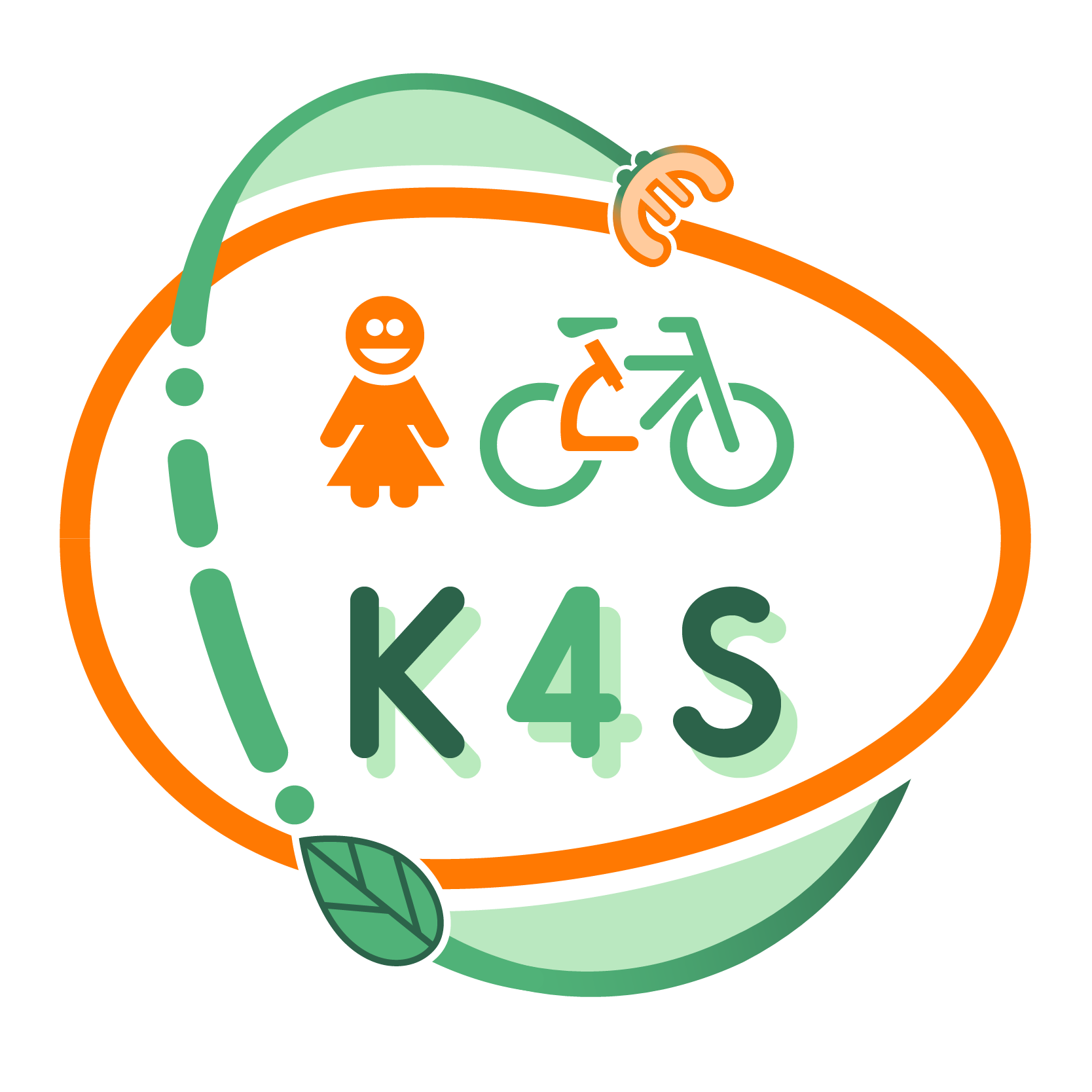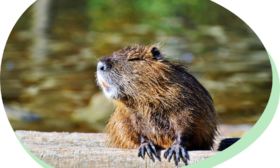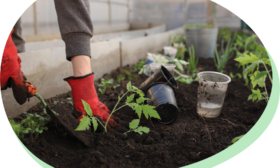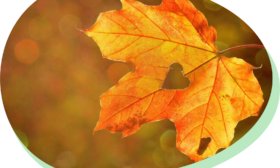LEARNING PATHWAY BASED ON SCIENTIFIC CONCEPTS
A thousand facets of autumn
Overall aims:
- Staying into the nature;
- Finding natural tools to achieve the activities’ goals;
- Learning the growing process of plants;
- Knowing what plants usually grow up during autumn and what is not;
- Interiorize the importance of recycling;
- Get in tune with nature;
- Interiorize the importance of team work;
- Develop the value of patience.
Intended learning outcomes:
The child will be able to:
- Practice the ability to mentalize with animals (i.e., “how the beavers would act in this situation?”);
- Learn and explain the growing process of plants;
- Know what plants usually grow up during autumn and what are not;
- Become more patient;
- Interiorize and become more able to recycling;
- Respect others and the nature;
- Take care of the plants (making sure there is enough light, water, etc.);
- Develop senses;
- Engage with nature.
Evaluation:
Each activity foresees an initial and a final evaluation. However, it is important to assess the knowledge and the attitudes regarding the three pillars of sustainability at the beginning and at the end of the learning pathway. According to Kahriman-Öztürk et al. (2012), each pillar of sustainability has two or three indicators:
Environmental: reduce (i.e., doing more with less) and reuse (i.e., making more use of old things);
Social: respect (i.e., respect nature and competences), rethink (i.e., valuing other things) and reflect (i.e., knowing the cultural differences in the world);
Economical: recycle (i.e., someone else can use it again) and redistribute (i.e., using resources more equally).
They proposed an interview to assess the children’s attitude through these pillar of sustainability:
- Some children use both sides of the paper when they draw or write but other children use only one side of the paper when they draw or write. What do you think about it?
- Some children never disturb or catch animals they find outside but some children like to disturb or catch animals. What do you think about it?
- Some children put recyclable items in the recycle bin but other children just throw things away when they are finished with them. What do you think about it?
- Some children give their old toys to other children or reuse them in different ways when they do not play them anymore. But others throw them away. What do you think about it?
- Some children like living in crowded places such as cities and towns but other children like/ would like to live in places where there are more plants trees and animals. What do you think about it?
We propose to use these questions for initial evaluation and final evaluation of the learning pathway. However, we recommend to use systematical observation as major indicator.
Pathway structure:
The path is composed of 3 activities in total. A period of one week is foreseen to complete the entire learning pathway.
Stage I – Dam building: acting like little beavers
The first activity foresees a lesson before the experiment in which the teacher will explain how the beavers usually affect their landscape during autumn. For example, beavers build a dam to create a deep, still pool of water where they can make their lodge (home) and be safer from predators. The barrier slows the water, so their lodge doesn’t get washed away. The pool is also where they store fresh branches underwater as a tasty food source in autumn. The experiment will be on a day after the rainfall, in a place where there is a small water flaw in order to ask children to think about how the beavers usually affect their landscape using natural materials to block the flow of rivers. The challenge consist of asking children to use the natural materials around them to try and control the movement of the water.
- Dam building: acting like little beavers – mentalize and behave like beavers
Stage II – Growing up a miniature autumnal garden in class
The second activity foresees two preparatory lessons; one about the life cycle of plants, pointing out the plants that usually grow up in autumn – explaining their characteristics; the second lesson should be about the concept of recycling, explaining its importance in our society. The experiment consists of planting buds in recycled pots (make with plastic bottles). Children should make a plan to cultivate their plants and they will be responsible of their growth.
- Growing up a miniature autumnal garden in class – Build flower vases with recycled materials; planting and taking care of plants and flowers
Stage III – Sensory experiment – the sounds of autumn
The third activity consists of the stimulation of senses (i.e., sight, touch, hearing, and smell) through the nature. It is composed of four experiment: 1. Sight: Provide each child with a different colored token and challenge them to find a match in nature. Evaluate which colors were easiest and hardest to match and why (e.g., maybe some colors are easier/hardest to find during autumn); 2. Touch: Provide small groups of children with a six-egg box and challenge them to find 6 materials that all feel different to place in each compartment; 3. Hearing: children sit quietly outside with an open hand. They can close their hand whenever they hear a sound, thus capturing the sound. Ask the children to reproduce the sound they have captured and let it go back to nature; 4. Smell: provide small groups of children with a pot of water and a stick and challenge them to create a fragrance using the materials they find, thus inventing a fragrance that smells like autumn.
It is suggestable to foresee one experiment for a day, and starting this activity with a propaedeutic lesson about the senses and another one in which children create the materials (e.g., colored token) using recycled materials.
- Sensory experiment – the sounds of autumn – Developing the senses through nature







